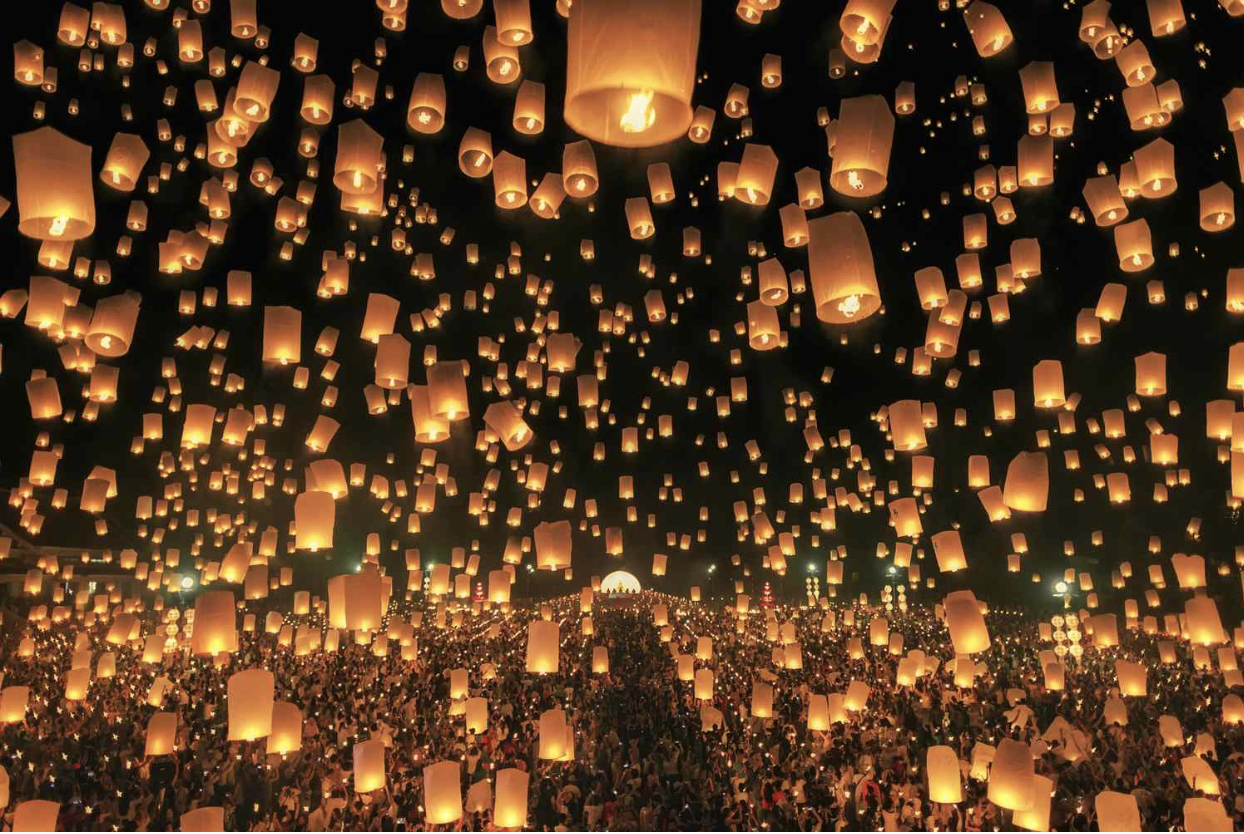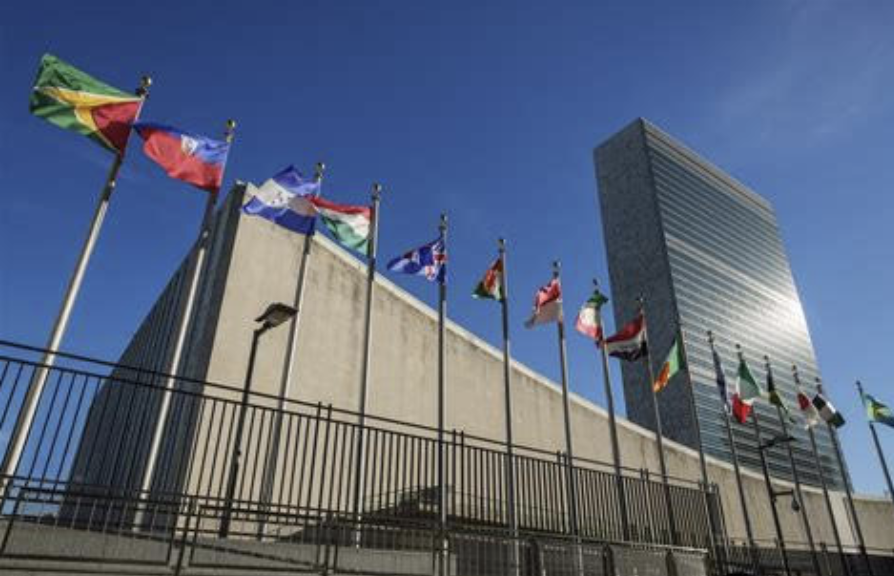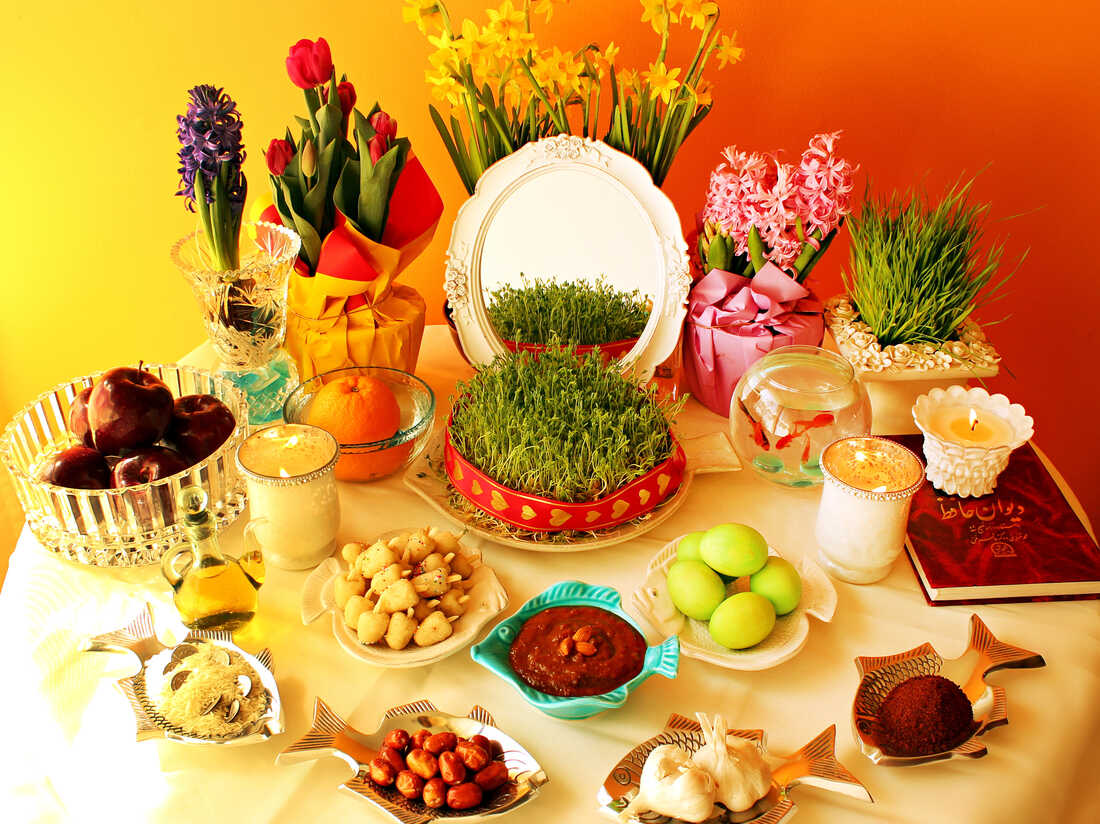By Yuval Israel, Year 11
Chiang Mai is a beautifully bewitching floating lantern festival in Thailand, also known as the Yi Peng Lantern Festival, it is one of the most popular and admired festivals in Southeast Asia. Celebrated in November when the full moon appears in the twelfth month of the Thai lunar year, Chang Mai will take place this year on the 28th of November. Also known as the traditional Lanna festival, it is commonly agreed that it is ‘best’ celebrated in the North of Thailand (although it is also celebrated in Cambodia, Bangladesh and Myanmar), as it is where the capital of the ancient Kingdom of Lanna (La Na) used to reside back in 1296.
The name of the festival in its original language is “Songkran” which translates in Sanskrit “Sankranti” into “Passing” or “Going from one place to another”.
Celebrated between October and November, it marks the end of the rainy seasons, an end to the sorrow and darkness which resides in the past, and a celebration for the brighter future and the new prosperous crops which will arrive.
The origins of the festival can be traced back to the Lanna kingdom, as a tribute to Buddhist and Lanna philosophies. With Chiang Mai, its cultural capital, at its center, the festival began as a chance to pay an homage to the Buddhist religion and a chance to bond with the members of one’s community.
The “Khom Loi” or sky lanterns possess more of a purpose than one would think. The lanterns represent an opportunity to let go of pain, fears, doubts and worries in the past. The further the lantern flies, the greater possibility that one can embark on one’s spiritual journey in the future. The higher a lantern flies signifies the clearer focus on one’s goals and aspirations for the future.
Following the release of the lanterns, the vibrant streets of Chiang Mai engage in traditional music and dancing, decorated floats and attires, all possessing the spirit and livelihood of the celebrations. However, it doesn’t end with the parades.
The ancient temples across Chiang Mai are decorated with vibrant decorations and intricate lanterns. Allowing oneself to wander through these magnificent temples is to engage in a spiritual, serene ambiance and the flowing chants of the monks. This celebration allows tourists and locals alike to experience a rich culture and a joyful celebration of the new year to come.



